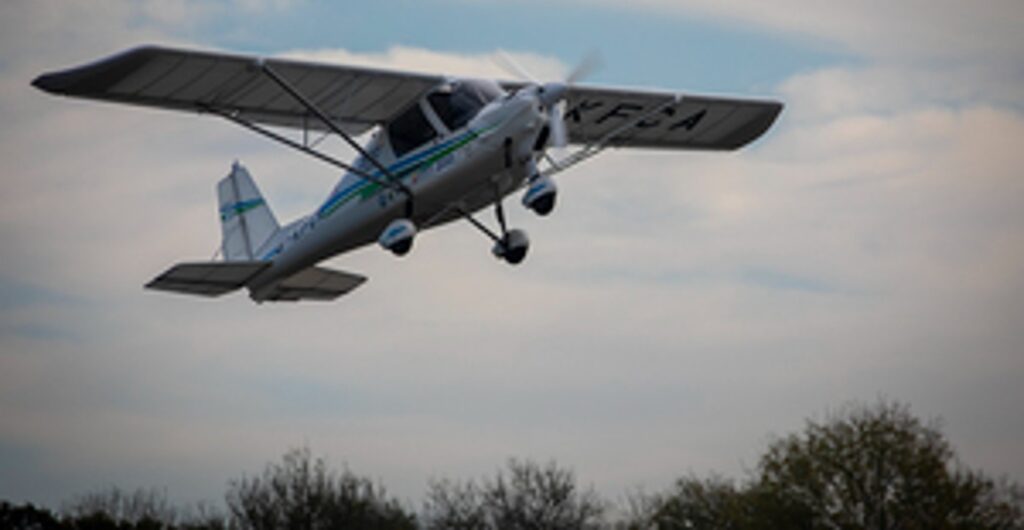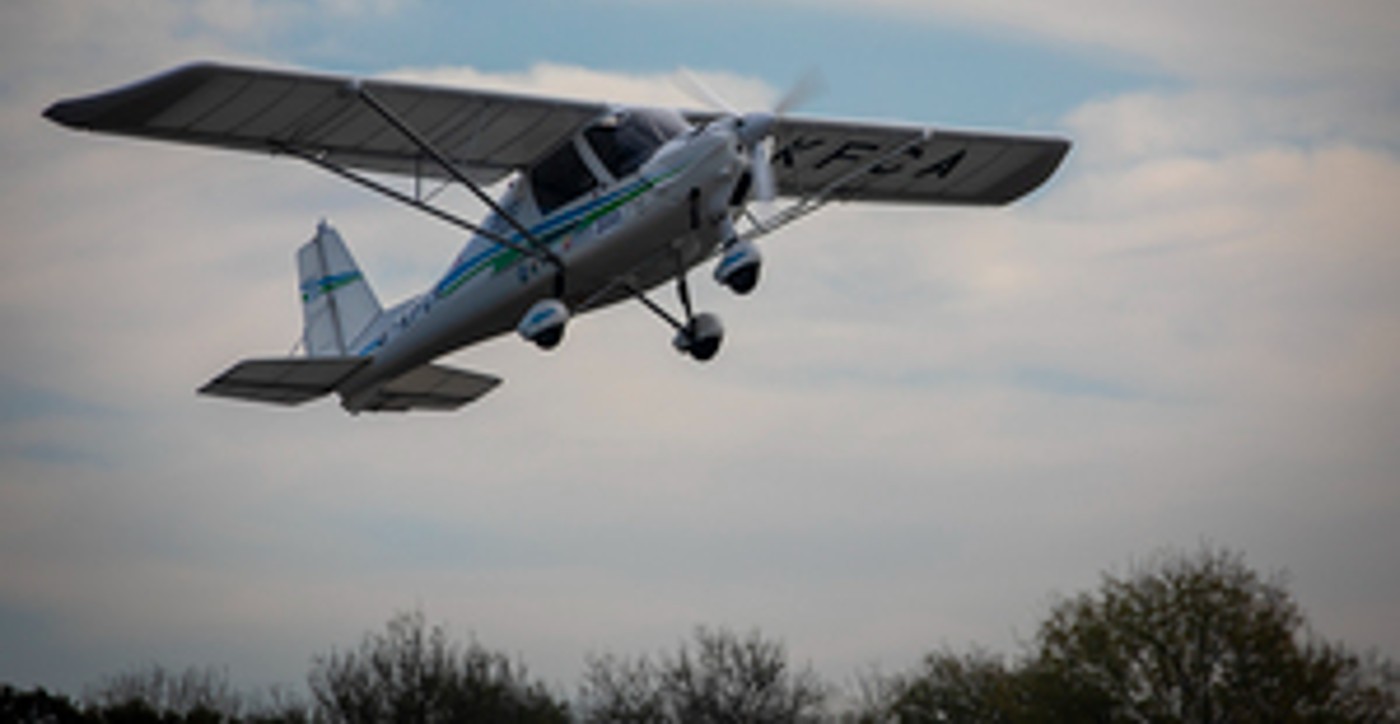
As nations get more and more serious about climate change, certain sectors are finding it a more difficult subject than others. Commercial and military aviation for example, or racing series like F1 and NASCAR, don’t currently enjoy many zero-emissions developments.
Now, however, a Formula One legend has partnered with the British Royal Air Force to create a zero-emissions fuel alternative for these activities, and they were just rewarded with a Guinness World Record for the first-ever flight test using synthetic petroleum.
It was the morning of November 2nd when an Icarus C42 ultra-light plane launched from Cotswold Airport to complete a short flight using Zero Petroleum’s synthetic UL91 fuel.
UL91 is just hydrogen extracted from water and carbon extracted from atmospheric CO2, done by machines powered by renewable electricity. These are then synthesized to create a zero-emissions fuel which Zero Petroleum say can be used for “crucial for sectors in which electrification is not currently an option, including aviation, agriculture and a wide range of high-performance vehicles.”
It’s hard to imagine, with an invention as potentially critical as zero-emissions aviation fuel, how quickly this all went through: from first-planning to testing needed just five months from Zero Petroleum, run by F1 royalty Paddy Lowe.
RELATED: Fashion Designer Makes Shoes that Grow into Apple Trees, Instead of Growing Landfills
Lowe, who contributed to 12 world championships with his time at the McLaren, Williams, and Mercedes racing teams, added that the fuel “ran successfully in the aircraft as a whole-blend without any modification whatsoever to the aircraft or the engine.”
“The engine manufacturer Rotax’s measurements and the test pilot’s observations showed no difference in power or general performance compared to standard fossil fuel,” he said.
The RAF see it as a chief innovation towards the force becoming carbon-neutral by 2040.
“Climate change is a transnational challenge which threatens global resilience and our shared security and prosperity,” said Air Chief Marshall Sir Mike Wigston. “I am determined to tackle this head on… and this exciting project to make aviation fuel from air and water shows how it might be done.”
Other methods of greening aviation have seen devices that catalyze atmospheric CO2 into jet fuel right onboard the aircraft, while carinata, a mustard-like oil seed crop, could be used to create a more sustainable jet fuel alternative capable of reducing emissions by 68%, and is being grown in the American Southwest in a trial.
SHARE the Good Green News and Let it Soar…





















Questions: How much energy is required to make each gallon of these synthetic fuels? And why use synfuels when others are developing electric engines to power cars, trucks and aircraft? Asking for a friend of course.
That’s a fair question. The reason is that making everything electric neglects the fact of the waste of current products when they’re used. By extracting fuel during the process of engineered atmospheric CO2 extraction, we essentially make any vehicle using that fuel carbon neutral. Additionally, batteries have a terrible density efficiency when compared to fuel, and at present, have a long way to go to overcome that. So, if we can extract carbon from the atmosphere, and use it in existing vehicles, the positive impact in the short term is greater than building and deploying electric vehicles. This buys us the time necessary to make needed changes.
Ugh, I forgot to respond to a part of your question, sorry. As for how much it takes, the process uses renewables. Check out companies like Carbon Engineering that are working on CO2 extraction and sequestration.